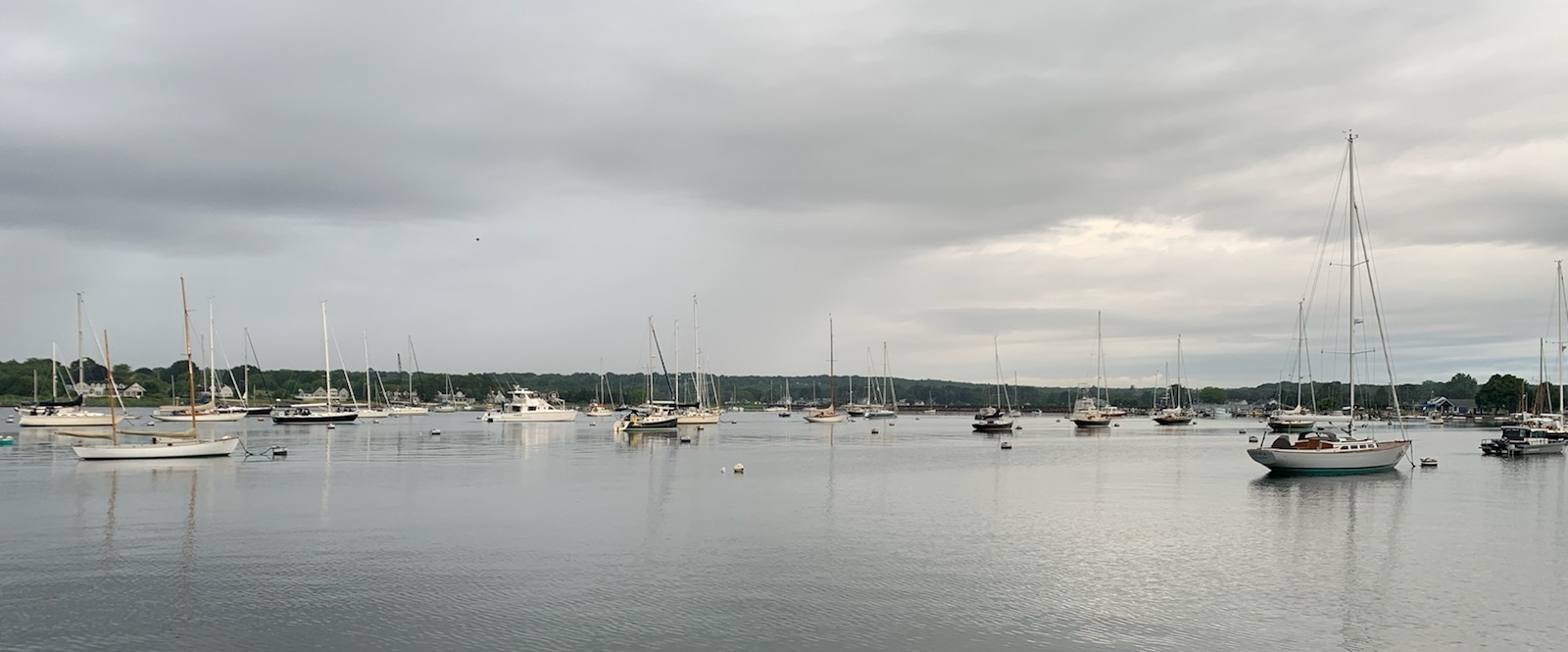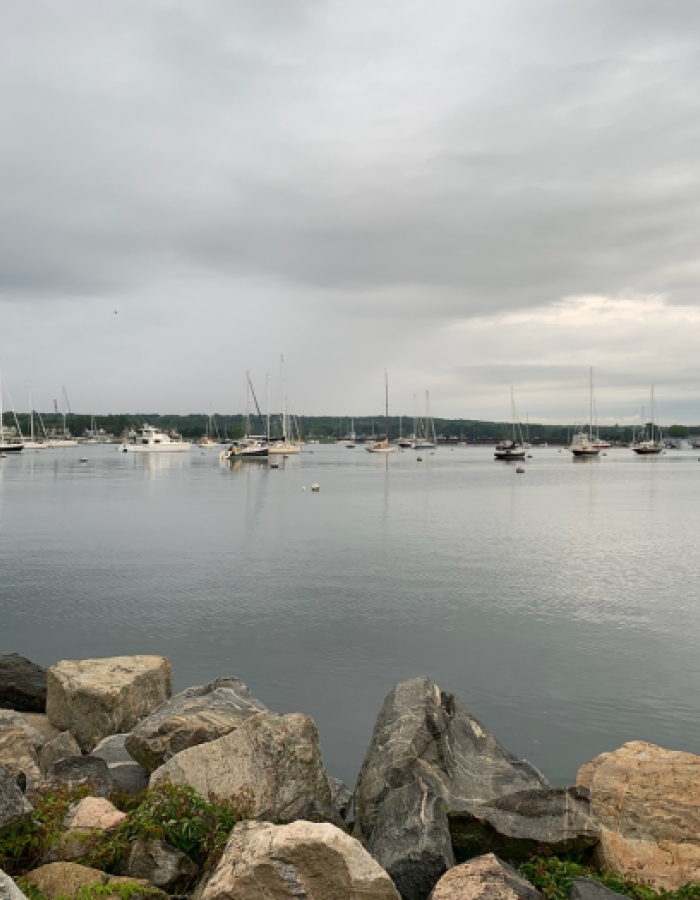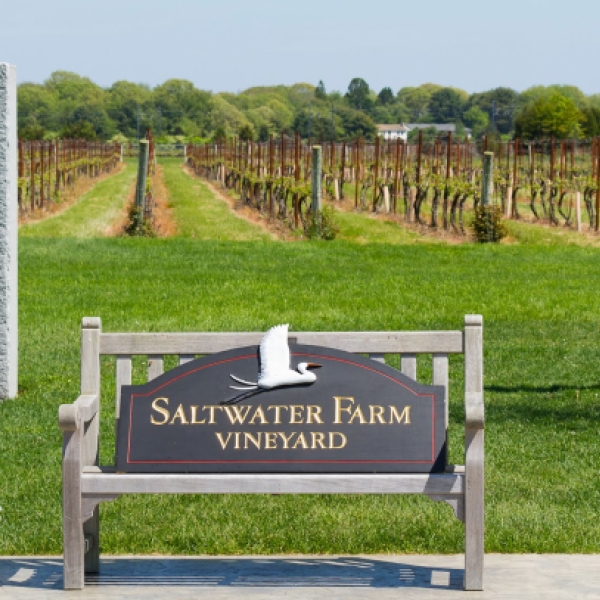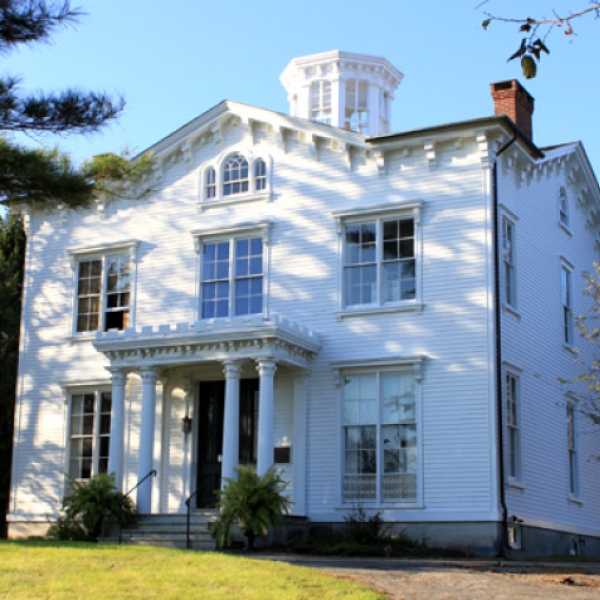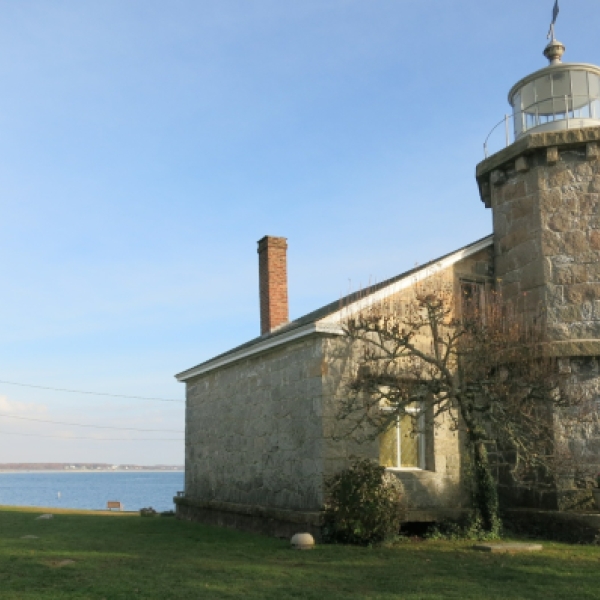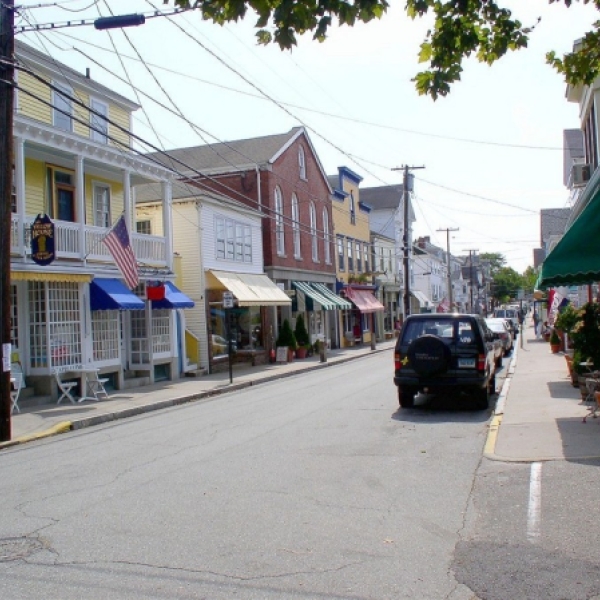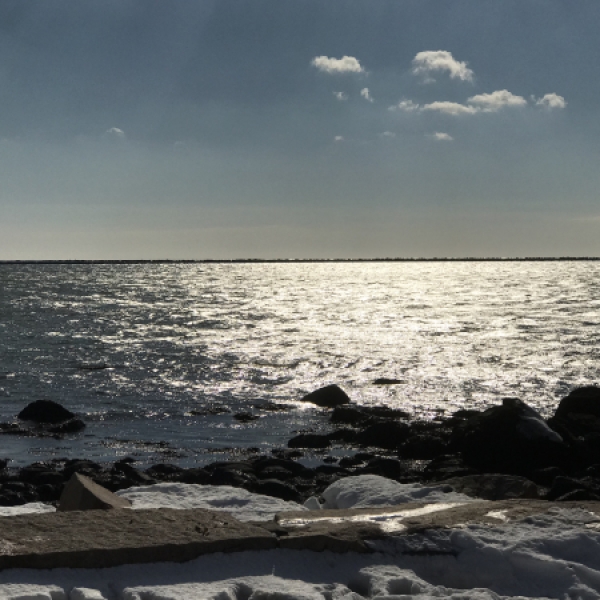Yankee Magazine named Stonington one of the “Top 10 Prettiest Coastal Towns in New England,” thanks to its mile-long beaches, charming historic homes, and eclectic mix of shops and boutiques. Explore the Old Lighthouse Museum to learn about Stonington's maritime and agricultural history, dating back to 1895. Unwind at a vineyard or on DuBois Beach with swimming, boating, and sunbathing, or indulge in fresh, seaside dining at one of the many local restaurants. Head to "The Point" at the tip of the peninsula for amazing sunset views and panoramic vistas stretching across Connecticut, Rhode Island, and New York.
Stonington’s roots date back to 1649 when Thomas Stanton and William Chesebrough were granted land here, and the town was officially settled. In 1662, the first colonial charter was issued, settling long-standing disputes over its state affiliation. The charter solidified Stonington’s place within Connecticut’s boundaries, and in 1666, Mystic became part of the town, laying the foundation for the borders we know today — stretching ten miles from the sea to the Pawcatuck River.
